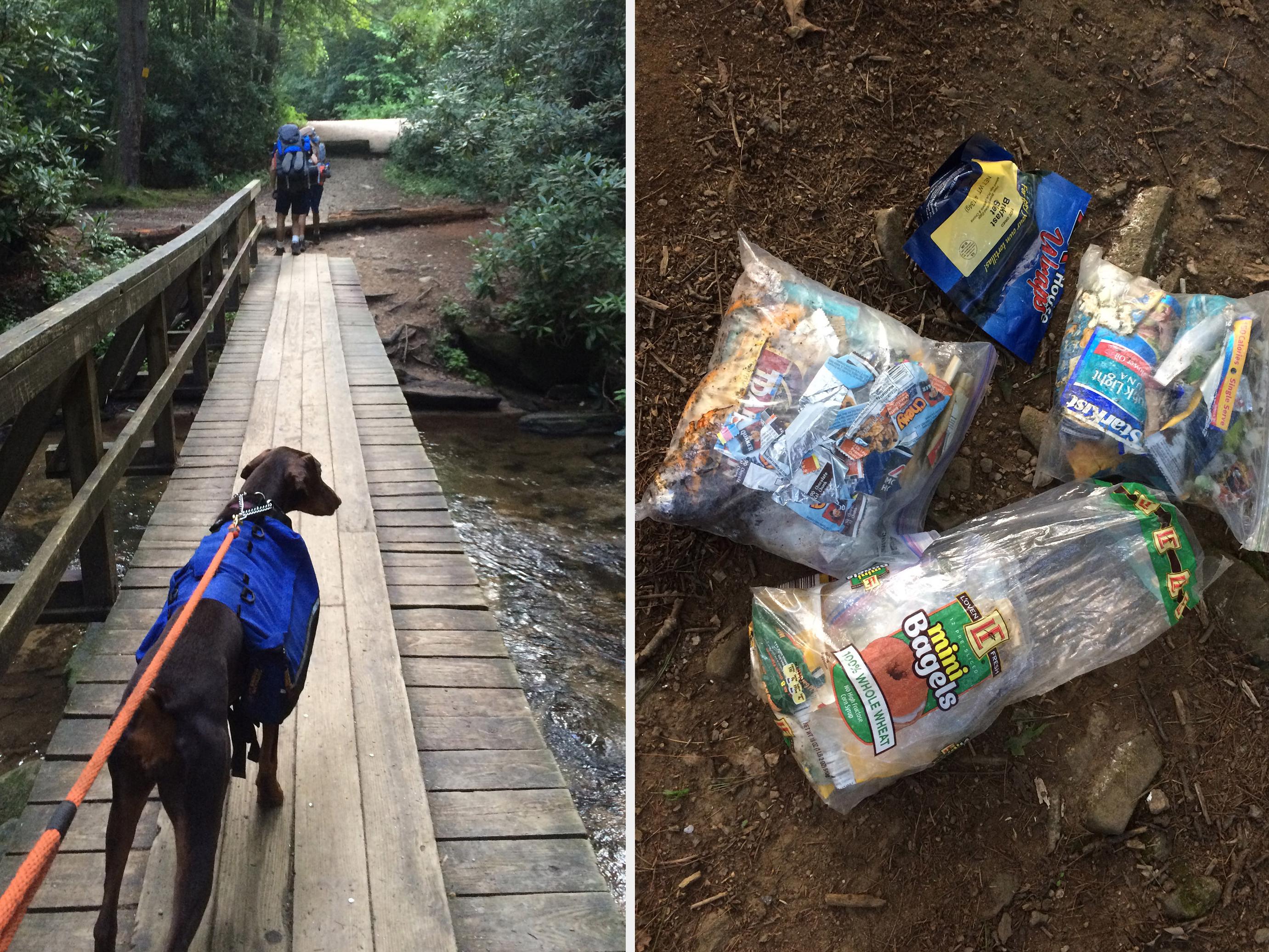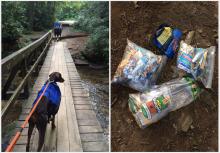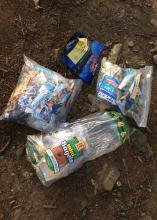Information Possibly Outdated
The information presented on this page was originally released on July 21, 2017. It may not be outdated, but please search our site for more current information. If you plan to quote or reference this information in a publication, please check with the Extension specialist or author before proceeding.
Take only pictures, leave only footprints
STARKVILLE, Miss. -- Whether fishing, hunting, boating, hiking, photographing or wildlife watching, all outdoor enthusiasts should practice "Leave No Trace."
Leave No Trace is a set of seven easy-to-follow principles meant to reduce manmade negative impacts on the environment.
The first principle, "Plan Ahead and Prepare," can improve your enjoyment of time in the outdoors. Use the weather forecast to help you prepare clothing choices. Study a map of the area, focusing on terrain, water sources and timetables. Bring your compass and map on your trip. Smaller groups lead to lower impacts on the area, as well, so consider carefully the number of people you bring along. If necessary, break up a large group into multiple smaller groups to help reduce negative impacts on the environment.
“Travel and Camp on Durable Surfaces” to reduce damage to fragile spaces. Many rare plant species can be found in our wild places, usually off trail. We should strive to let them thrive.
Do your best to camp at least 200 feet from any water instead of right by a lake or stream to help reduce negative impact on sensitive aquatic environments. Great campsites are found, not made. Continue to use areas that are already designated as campsites. Don’t make a new campsite when there are already plenty around. Avoid camping or walking in places where you see signs of impact, such as recently trampled plant life.
“Dispose of Waste Properly” by bringing all trash and leftover food with you when you leave. Make sure to dig a 6- to 8-inch hole to bury human waste at least 200 feet from your campsite and any water sources. Clean your dishes away from water with biodegradable soap.
“Leave What You Find” no matter how tempting souvenirs are. People tend to find things we wish to bring back with us. When we do this, the items are no longer available in the wild for others to enjoy. Remember: Take only pictures, leave only footsteps.
“Minimize Campfire Impacts” by using premade fire pits to start campfires outdoors. It’s best to have small fires and make sure they are completely extinguished before leaving an area. Campfires can have lasting impacts on the environment, so we should do our best to make sure they are minimal.
“Respect Wildlife” by restraining pets and observing from a distance. Watch and enjoy, but never feed the animals. Feeding can cause health issues, alter how the animals forage for sustenance and lead to human-wildlife conflicts.
While hiking with dogs, keep them on leash so they don’t chase or harass the wildlife. This precaution typically allows you to enjoy the trip even more, since the deer and other animals will be around for you to actually see.
“Leave No Trace: Be Considerate of Other Visitors” currently on the trails. Keep noise and other distractions from nature to a minimum.
Spending time outside is supposed to be fun and relaxing. By following the seven principles of Leave No Trace, we can ensure that future visitors are able to enjoy outdoor experiences, as well. We are merely borrowing this space from our children and grandchildren, so let’s make sure we leave them something to be proud of.
For more information about Leave No Trace, visit http://www.lnt.org.

Editor’s Note: Extension Outdoors is a column authored by several different experts in the Mississippi State University Extension Service.








